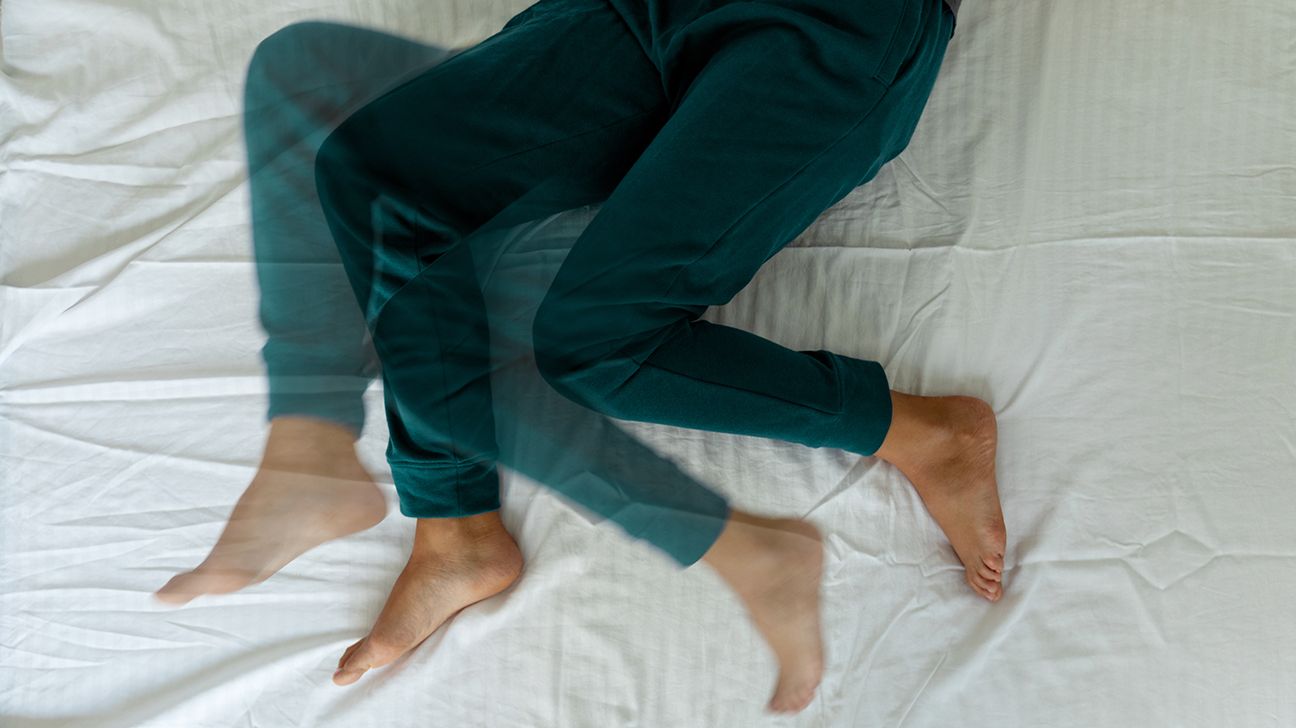Fibromyalgia can lead to unusual symptoms in some people. Knowing the range of symptoms this condition can produce may help with diagnosis and treatment.

Experts estimate that around 4 millionTrusted Source adults in the United States have fibromyalgia. This condition causes widespread pain, brain fog, and mood changes. However, there are many more, less common signs a person may experience.
Keep reading to learn what additional symptoms may be a sign of fibromyalgia, what causes them, and how they can be treated.
Can numbness and tingling be a sign of fibromyalgia?
Fibromyalgia may cause numbness and tingling, also called paresthesia, in the extremities (arms, legs, hands, and feet) due to the nerves being overly sensitive or compressed. It may feel like a burning or prickling sensation.
Treatment for paresthesia is aimed at addressing the root cause. In this case, fibromyalgia can be treated with various medications that address nerve pain and inflammation
You may manage paresthesia at home with over-the-counter (OTC) pain medications and topical pain relievers.
Can restless leg syndrome be a sign of fibromyalgia?
Restless leg syndrome (RLS) may cause uncomfortable feelings (itching, throbbing, etc.) in the legs and an urge to move the legs. RLS is associated with sleep disturbances, which can affect up to 99% of people with fibromyalgia.
RLS cannotTrusted Source be cured but is managed with things like iron supplements, antiseizure drugs, benzodiazepines, and — in severeTrusted Source cases — opioids. Drugs to increase dopamine (dopaminergic agents) may also help but cause side effects if they’re used long-term.
Managing RLS at home involves:
- avoiding smoking, drinking alcohol, and consuming caffeine
- following good sleep hygiene habits
- getting regular exercise, including stretching
- taking warm baths
- using heating pads or ice packs
Can interstitial cystitis be a sign of fibromyalgia?
Interstitial cystitis (IC) is a bladder condition that is marked by pain and pressure. The exact cause of IC is unknown, but it may be triggered by things like stress and inflammation.
There’s no specific treatment for IC. Instead, treatment is approached on an individual basis and may involve:
- bladder training
- medications
- pelvic floor therapy
Your doctor may suggest diet changes, stopping smoking, and reducing stress. Staying hydrated and getting regular exercise are other important things you can do to manage IC.
Can paraspinal lumbar tenderness be a sign of fibromyalgia?
Paraspinal lumbar tenderness is also known as back pain. This potential sign of fibromyalgia can be related to the general muscle pain, stiffness, and tenderness felt in other parts of the body.
Up to 52% of peopleTrusted Source with fibromyalgia may experience back pain. It can be felt in the upper or lower back, possiblyTrusted Source radiating down to the glutes.
Treatment for back pain depends on how severeTrusted Source the pain is. It can be treated with prescription medications like tramadol and duloxetine.
Massage, acupuncture, physical therapy, and chiropractic care are other possible treatments.
At home, you may manage back pain with heating pads and OTC nonsteroidal anti-inflammatory drugs (NSAIDs).
Can sensitivity to touch be a sign of fibromyalgia?
Hypersensitivity to touch, also called allodynia, may be caused by mixed messages from the neurons in the brain sending pain signals when there is no real pain. ResearchersTrusted Source explain that the true cause is mostly unknown.
Allodynia is treated individually. You may work with a pain clinic to get physical therapy, psychological support, and oral medications (like calcium channel antagonists, NSAIDs, etc.) for the pain.
Without treatment, allodynia may get worseTrusted Source over time. You can manage it by working on stress relief and accepting that the pain may not go away completely.
Other uncommon signs and symptoms
Fibromyalgia affects each person in a different way. Beyond the usual symptoms, there are various other less common signs of fibromyalgia.
They may include:
- excessive sweating (hyperhidrosis)
- skin lumps (lipomas)
- muscle spasms (dystonia)
- face or jaw pain (like temporomandibular joint syndrome)
- digestive issues (like irritable bowel syndrome, constipation, or bloating)
Treatment may be targeted at the specific symptom(s), or your doctor may suggest treatments for the fibromyalgia itself.
Medications include:
- duloxetine (Cymbalta)
- milnacipran (Savella)
- pregabalin (Lyrica)




Thanks a large amount just for this particular information. I clearly cherished reading it and have to share it with my local freinds.